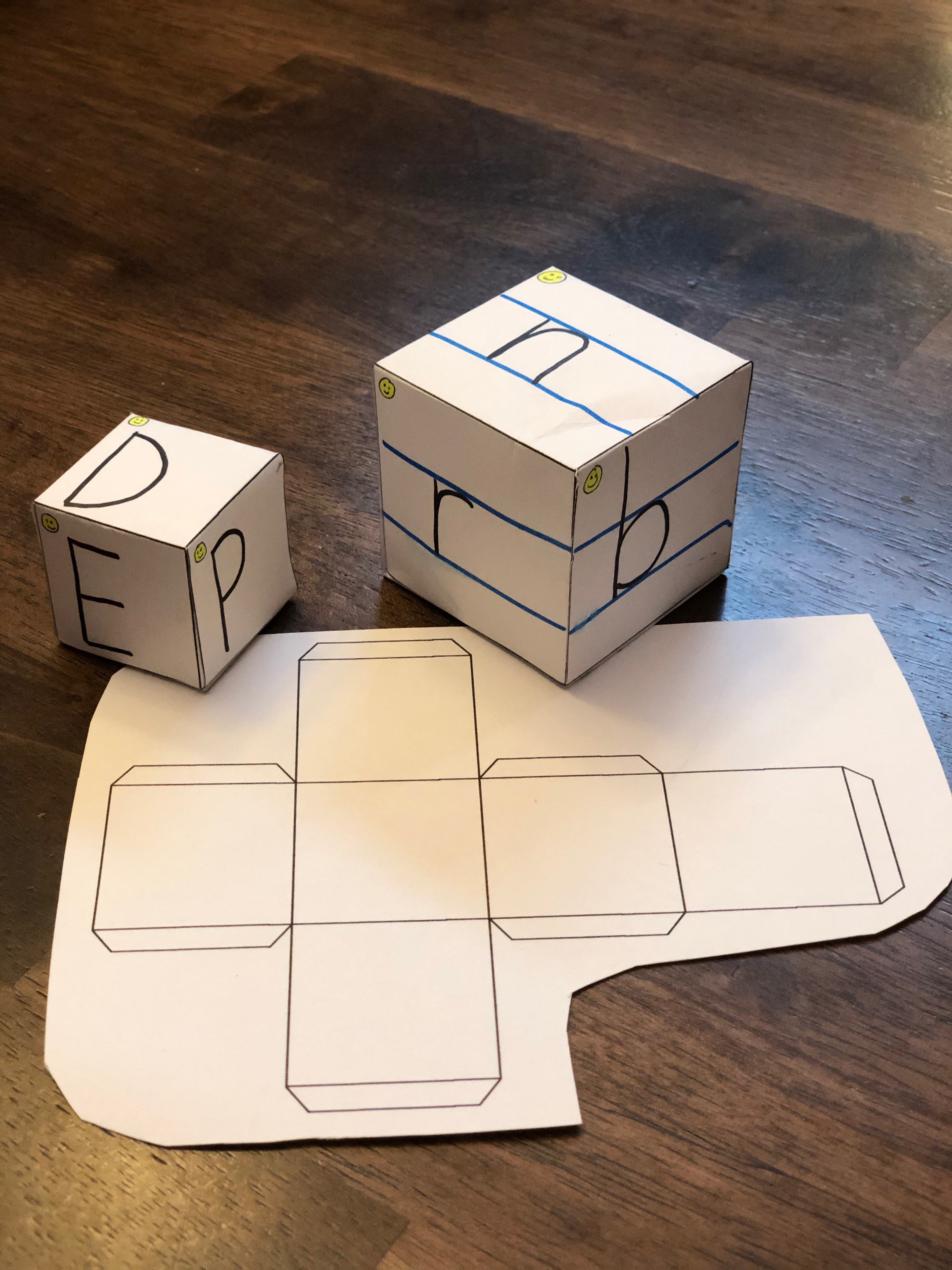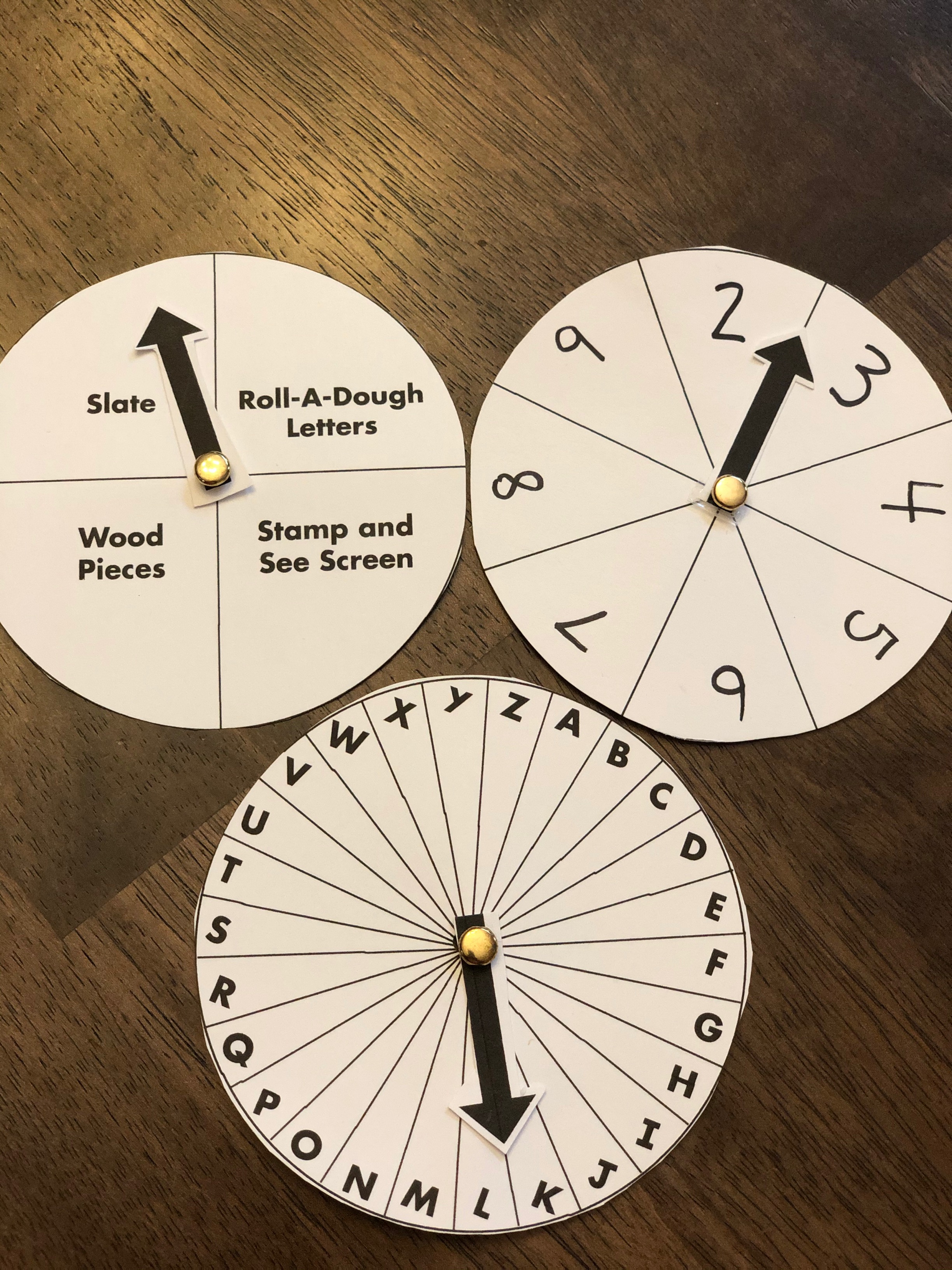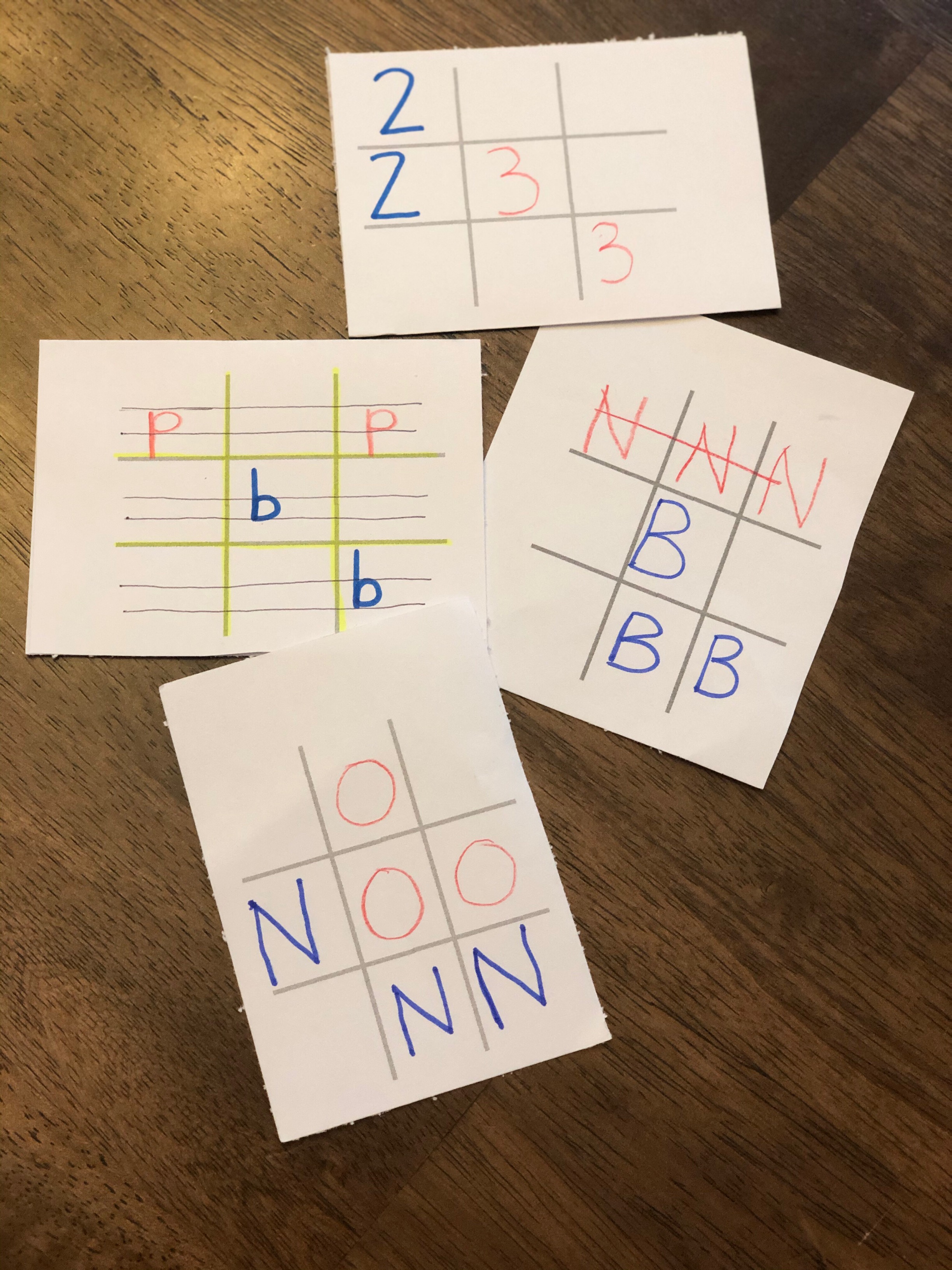Join us for Ask an OT, a series dedicated to answering burning questions from educators, parents, and OTs like you! Join us each week this month to discover tips, strategies, and more from our occupational therapy experts.
This week, we’re exploring technology-free ways to keep learning fun, ideas to increase sensory stimulation, and other helpful teaching strategies.
Have your own questions for our OTs? Send us a message on Facebook or Instagram!
Watch the full Ask an OT episode here and continue reading below for more advice on this month's topics.
#1 How can I ensure learning from home stays engaging without relying heavily on technology?
Learning from home has never been easier with the implementation of virtual instruction. Technology can be used to create an engaging environment for at-home learning when using the right tools.
However, relying heavily on online teaching can cause increased stress levels, eye strain, and limit hands-on learning opportunities. Effective child development needs a balance between digital and in-person learning. Here are hands-on methods you can use to keep learning fun and engaging.
The first thing that comes to mind when I think of fun is children! They can make a game out of anything, so we can learn a thing or two from following their lead.
- Make dice. Create your own lettered or numbered dice using printable templates. Students get to roll the dice to see what letter or number will be taught, practiced, or reviewed. Remember only to include letters they are currently learning or have already learned. You can extend this to word-writing practice or for choosing topics for sentences. The roll of the dice will determine the letter, word, or topic of the writing assignment.

BONUS - Download printable dice and practice sheets for Handwriting Without Tears® Frog Jump Mystery Letter Game or watch the fun video of Emily Knapton’s class playing with the dice. - Try a spinner. Like dice, spinners are a great tool for engaging students in handwriting learning or practice. Depending on the spinner type, it can be used to choose the activity of the day. You can take it a step further and use a spinner to choose a topic, word, or letter to write about—try this free online spinner!

- Go on a scavenger hunt or nature walk. Create connections between handwriting and physical activities to make the process even more engaging. Use mystery envelopes! Ideally, each envelope contains a special activity that allows students to move, look, touch, and even smell or taste to inspire what they write that day.
- Play a game. There are so many great games like Simon Says, Follow the Leader and Tic-Tac-Toe. Who said Tic-Tac-Toe can only be played with Xs and Os? Why can’t we play it using different letters and even numbers? Be sure to watch the video for how to play Tic-Tac-Toe to teach and practice good formation skills.

#2 How can teachers (and parents) help students get sensory stimulation in restrictive learning environments?
Children need to move. They need to wiggle, dance, and touch. It helps them learn about their bodies, spatial relationships, and newer concepts. Movement is just one way to get sensory stimulation. It's key to keeping us alert, ready to learn, and attentive. It can also be a great outlet during stressful times. Here are some ways you can easily incorporate movement in your day-to-day:
- Play Make-a-Move. Use this tactic during any subject that requires an answer or a choice to be made. For example, “If you think the answer is 5, stand up beside your desk. If you think the answer is 3, touch your toes.” You can do this with students of all ages and make the movement more complex based on their abilities. You can also increase the sensory input by making weighted bags of rice or beans to use during their Make-a-Move. The possibilities are endless!
- Implement brain breaks. Encourage students to get up and move in their designated area to music or videos. The Pre-K Interactive Teaching Tool (PreKITT) and Interactive Digital Teaching Tools (IDTT) for print and cursive feature a variety of fun videos to use.
- Do the Total Posture Stomp. Use this technique whenever you feel like you need to pump up the volume of sensory input. Students follow a teacher (or classmate) in stomping their feet, waving their arms in the air, tapping on their knees, and even doing shoulder stretches while making noise to a rhythm or song. And the best part is they never have to leave their seat!
- Create a motor skills course. These can be easily constructed in your room or hallway. Instruct students to do certain movements in zones. Jump in the red zone, walk on their toes in the blue zone, commando crawl, or bear walk in the brown zone. You can change the movements or challenge your learners throughout the year.
Besides movement, think of other ways to increase sensory input in your day. Create sensory bins with rice or beans and have the child bring small items from home (pom-poms, paperclips, beads, small toys) to put in their sensory bin to touch, sort, and find. They could use these sensory bins to find items with certain properties (a color, soft/hard, rough/smooth), use them as counters during math, and as inspiration for writing. And remember the senses of smell and hearing. You can come up with fun lessons that incorporate listening and smelling too.
#3 What is the best way to assist students with learning correct grasp, prewriting strokes, or scissor skills?
Hand-over-hand guidance provides the student with tactile and proprioceptive learning for young learners and those with special learning needs. When you use this teaching strategy with your students, be prepared to do it in small groups or during 1:1 teaching. Remember to gradually fade or reduce the physical prompting of hand-over-hand to allow your students to practice independently.
By modeling proper grip in front of your students, some students can easily grasp the concept of proper correct grip technique reducing the need for hand-over-hand teaching. Other strategies that are effective include breaking the task into smaller, more achievable steps and then modeling those to the student. In the OT world, we call this task analysis!
Here are some other task analysis tricks you can try with your students:
- For students that have trouble, mark their scissors with colorful tape to help them remember proper hand placement.
- If they struggle with opening and closing the blades, practice with tong activities or cheater chopsticks. You can make your own, just check out DIY videos online.
- For crayon and pencil grip, teach correct finger placement with music and video modeling.
- You could create your own larger than life video modeling using a document camera and have your students imitate what they see. This will work for scissors and pencil grip.
- Add practice activities that focus on picking up a crayon or pencil, scribbling on paper, and dropping it before picking it back up again to repeat. This process builds foundational skills and helps young students master correct finger placement for correct grip— try this with the free Aim and Scribble activity. Consistent practice before moving on to more complex uses of their crayons and pencils is ideal.
- Finally, give your students the time they need in each of the smaller, more manageable steps before moving on and combining them into more complex skills.